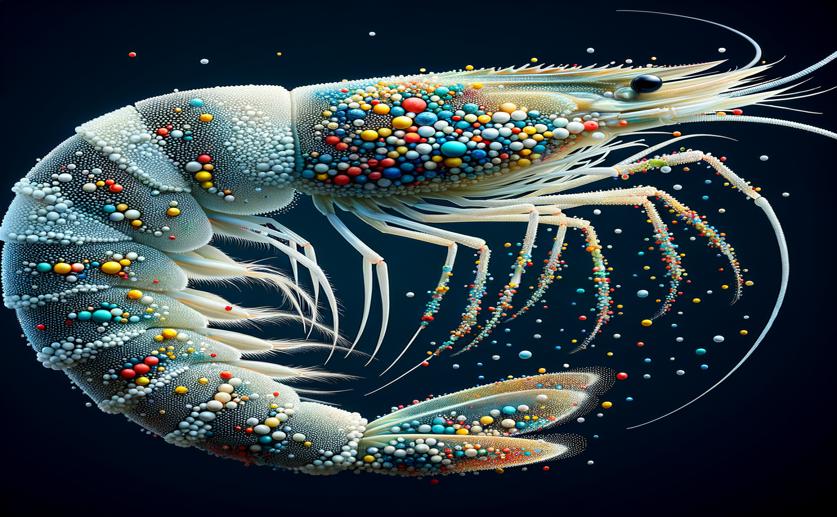
High-Density Genetic Map and Sex-Determination Genes in Pacific White Shrimp
Greg Howard
6th June, 2024

Image Source: Natural Science News, 2024
Key Findings
- The study from São Paulo State University (Unesp) focused on the Pacific white shrimp, a key species in global shrimp farming
- Researchers created detailed genetic maps for male, female, and combined sexes using a 50K SNP array
- They identified specific genomic regions linked to sex determination, which can help in breeding programs for better shrimp production
GeneticsAnimal ScienceMarine Biology
References
Main Study
1) A high-density linkage map and sex-determination loci in Pacific white shrimp (Litopenaeus vannamei)
Published 5th June, 2024
https://doi.org/10.1186/s12864-024-10431-x
Related Studies
2) A gene-based SNP linkage map for pacific white shrimp, Litopenaeus vannamei.
3) SNP markers for the genetic characterization of Mexican shrimp broodstocks.
4) The insulin-like androgenic gland hormone in crustaceans: From a single gene silencing to a wide array of sexual manipulation-based biotechnologies.



 16th May, 2024 | Jenn Hoskins
16th May, 2024 | Jenn Hoskins